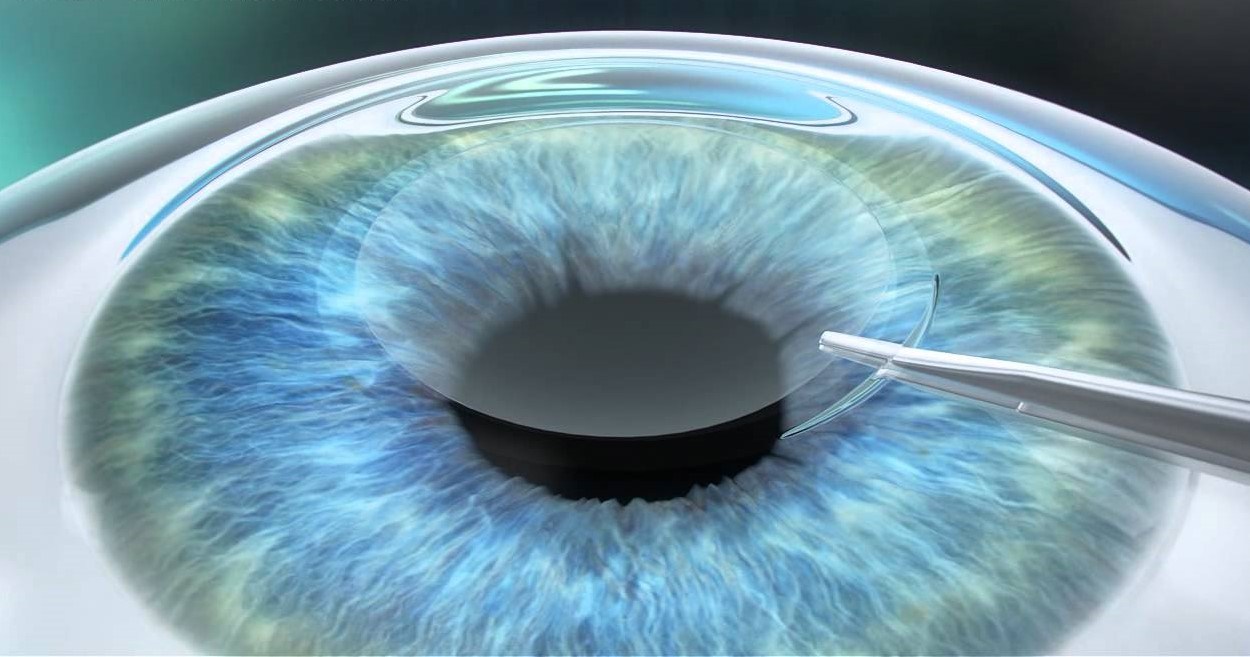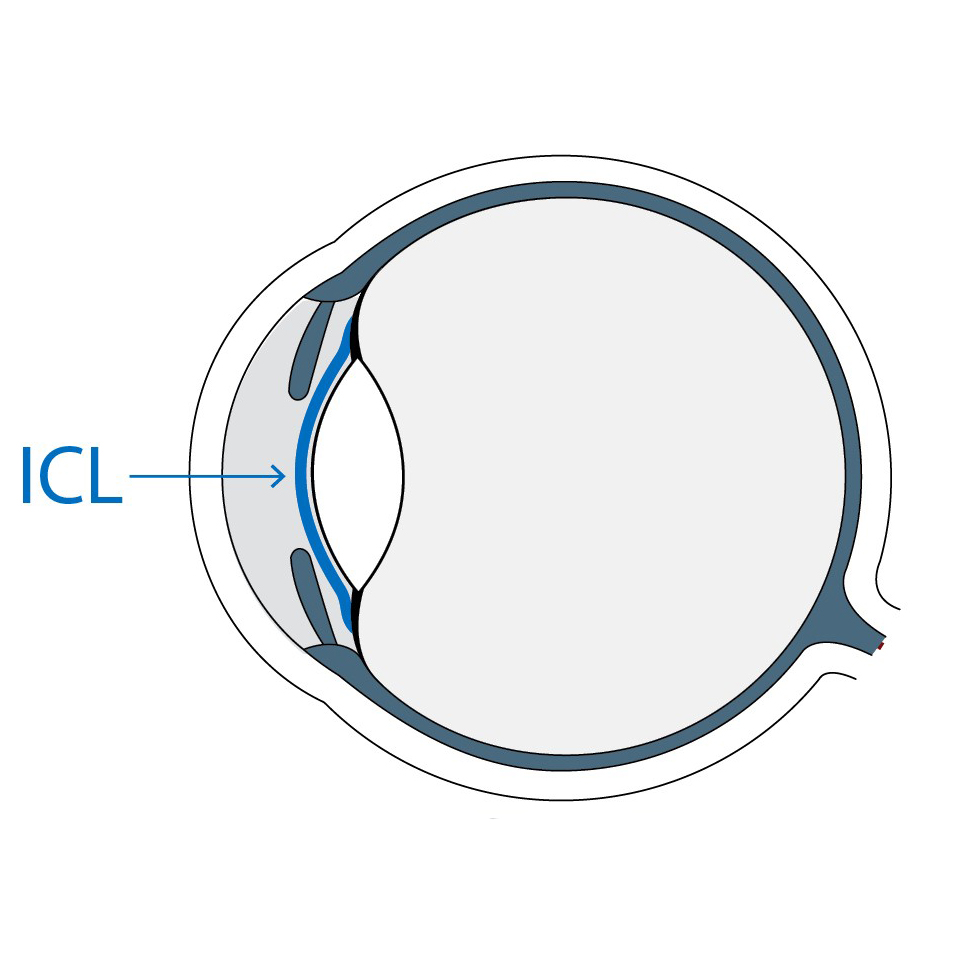
LASIK is currently the most common and popular laser vision correction surgery. Except for very severe abnormalities, LASIK will reduce or even eliminate the need for glasses or contact lenses in the following problems, such as:
• Near vision
• Far vision
• Astigmatism
Types of LASIK Surgery Procedures :
Several types of LASIK surgery are available. The type chosen by the surgeon will depend on the nature of your eye problems, and the technology available to him.
• Wavefront Optimized LASIK,
• Wavefront-Guided LASIK,
• Topography-Guided LASIK,
Who can benefit from LASIK Eye Correction Surgery?
Most people with ages between 18 and 50 years who have mild to moderate vision problems can benefit from LASIK surgery. However, LASIK treatment may not be advised if you:
• Have severe focusing problems
• Are under 18, i.e., your eyesight is still changing.
• Have dry eyes.
• Have a thin cornea
• Have cataracts or advanced level glaucoma, or have had ocular herpes.
• Have immunity disorders
• Possess large pupils
Possible side effects of LASIK Eye Correction Treatment
LASIK surgery is effective and safe, but may have some side effects which your eye surgeon will explain to you before surgery. In some situations, these possible effects may preclude LASIK operation.
• Dry eyes- The treatment can temporarily reduce tear output. If you are already suffering from reduced tear output your ophthalmologist may think of other solutions.
• Under- or over-correction- The treatment will give you a definite improvement but your vision may be under-corrected or overcorrected.
• Night vision problems- Even though you perfectly in daylight you may experience glare at night. These symptoms may reduce over time.
• Temporary Eye infections- Eye infection may arise after treatment but can be treated easily with antibiotic eye drops or steroids.






